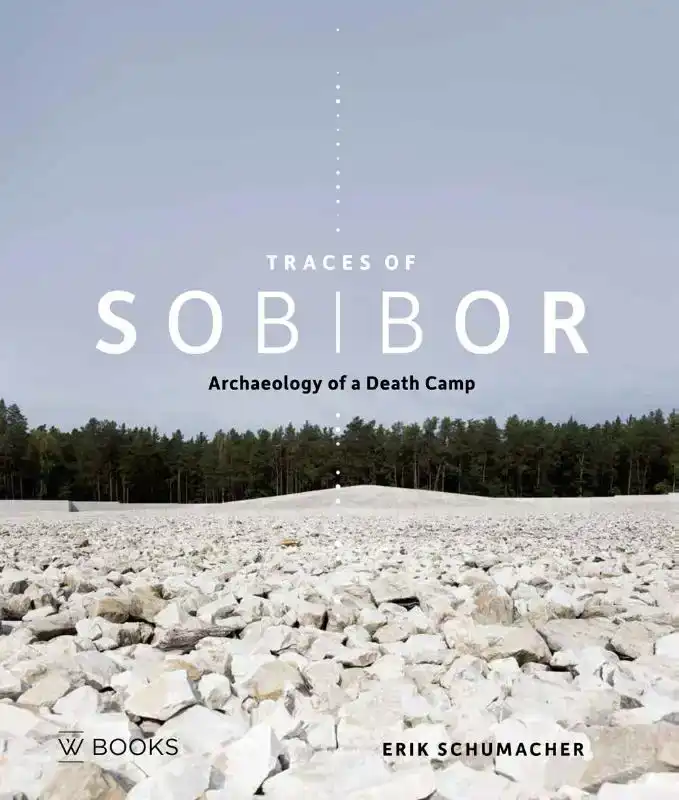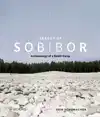- Engels
- Pockets
- geschiedenis alg.
- oorlog en vrede
- TRACES OF SOBIBOR
SCHUMACHER, ERIK
TRACES OF SOBIBOR
29,95incl BTW
Vertrouwd sinds 1927
Persoonlijke aandacht en advies
Vanaf 17,50 gratis verzenden NL & BE
Meer dan 150.000 artikelen online
Omschrijving TRACES OF SOBIBOR
No one was supposed to find Sobibor ever again. In 1943, when the Nazis shut down the death camp, they destroyed the gas chambers. To cover up pits where they buried their victims'' ashes, they planted trees.
But their attempt to totally era
se the camp failed. The marshy ground in an Eastern Polish river valley still held the victims'' last possessions, rusty and buried beneath the soil. From 2007 on, archaeologists dug up tens of thousands of objects on the former camp terrain. Traces
in the ground showed the ''road to heaven'' the prisoners had been forced to walk. In deep pits, the archaeologists discovered the ashes of the dead.
For decades on end, the ground in this wide forest had concealed the traces of mass murder
. Sobibor was one of the Holocaust''s forgotten places, a ghost image that existed only in the nightmares of eyewitnesses and their descendants. But as the development of a new memorial site progressed, the camp''s remnants were laid bare.
T
he excavations took place at a time when Holocaust tourism in Poland took off and a long-ignored past became a wedge deeply dividing Polish society. The question of what should be done with the traces of Sobibor led to harsh confrontations. In the me
antime, the archaeologists kept digging, day after day. Spade by spade, they uncovered an unspeakable history.
Erik Schumacher is an author and researcher. His works include the Jewish dual biography Mau en Gerty, and two parts of the NIOD
series Leven in bezet Nederland.
But their attempt to totally era
se the camp failed. The marshy ground in an Eastern Polish river valley still held the victims'' last possessions, rusty and buried beneath the soil. From 2007 on, archaeologists dug up tens of thousands of objects on the former camp terrain. Traces
in the ground showed the ''road to heaven'' the prisoners had been forced to walk. In deep pits, the archaeologists discovered the ashes of the dead.
For decades on end, the ground in this wide forest had concealed the traces of mass murder
. Sobibor was one of the Holocaust''s forgotten places, a ghost image that existed only in the nightmares of eyewitnesses and their descendants. But as the development of a new memorial site progressed, the camp''s remnants were laid bare.
T
he excavations took place at a time when Holocaust tourism in Poland took off and a long-ignored past became a wedge deeply dividing Polish society. The question of what should be done with the traces of Sobibor led to harsh confrontations. In the me
antime, the archaeologists kept digging, day after day. Spade by spade, they uncovered an unspeakable history.
Erik Schumacher is an author and researcher. His works include the Jewish dual biography Mau en Gerty, and two parts of the NIOD
series Leven in bezet Nederland.
Reviews
0.0/5.0
Gemiddelde uit 0 reviews
Meest behulpzame reviews
Nog geen reviews geschreven


